This conversation was hosted and written by our brand partner Moon Travel Guides. You can check out our brand partners or review our full disclosure for more information.
Are guidebooks worth it? Will travel be forever changed by the pandemic? Where should I take my next solo trip?
Moon’s Acquisitions VP Grace Fujimoto and Senior Editor Leah Gordon came together in conversation to tackle these questions. Read on for the full conversation.

Why should travelers use a guidebook?
Leah Gordon:
Each time I edit one of our books, I’m amazed at how much information and strategy is packed into its pages.
Guidebooks are the first thing I turn to when I’m thinking about traveling somewhere, and I use them in every step from there on—they’re inspiration (all those gorgeous photos!), they’re a planning tool, and they help me on the ground when I need to look something up in the moment.
The planning element is probably the most crucial of all of those.

When I want to visit a new city, a guidebook helps me figure out the neighborhood that I want to stay in.
When I go to a new national park, I’ll use a guidebook to pick out the trails I want to hike while I’m there.
And when I have questions about navigating public transit or avoiding crowds at popular sights—you can bet I’m checking that guidebook.
Basically, having a guidebook is like having a compact, portable version of a travel expert (the author) whispering in your ear the whole time, helping you have an incredible vacation.
Grace Fujimoto:
Guidebooks are a shortcut to planning a great trip–they have boiled down all the information you need to decide where to go, how long to stay, what to eat, how to get from place to place, etc., into a single resource.
The alternative is researching online, but as one of my teammates put it, the internet is so big!
You can get lost in the results that come up for a basic question like “what are the best things to do?”, and that’s only one of the steps involved in travel planning.
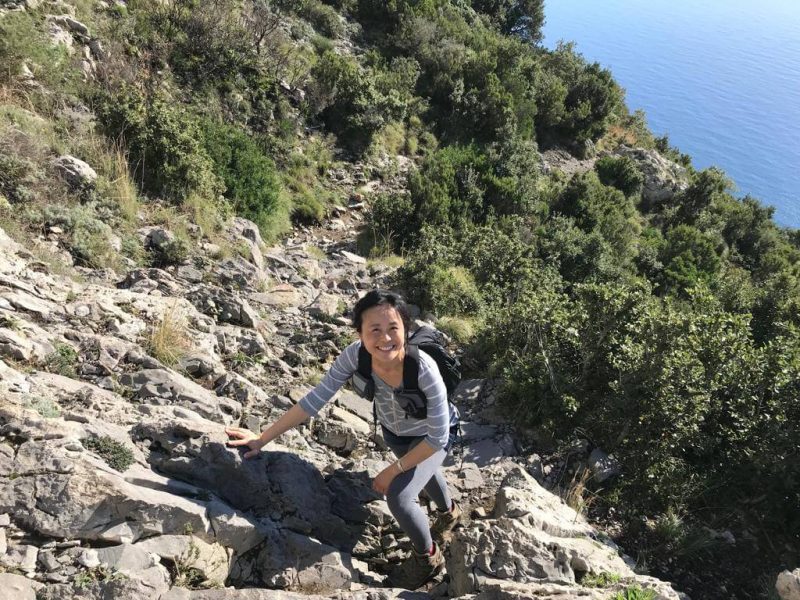
Probably the best trip I ever planned was a two-week vacation in Peru for my mother’s birthday. She wanted to see Machu Picchu, Lake Titicaca, and the Nasca lines, but beyond that, the rest was up to me.
Thanks to Moon Peru and Fodor’s Essential Peru, I knew when to splurge (staying at an island hotel on Lake Titicaca, which was peaceful and rejuvenating after climbing Huayna Picchu) and when to save (not spending too much time in Nasca, where the aerial tour of the lines is the main event).
They also helped me figure out that we didn’t need to go to the Colca Canyon (seeing a giant condor really wasn’t a high priority for us) and that we could squeeze in an excursion to the Cordillera Blanca, where we could see a glacier amid gorgeous mountains.
Don’t get me wrong, the internet is invaluable for booking travel, but I think guidebooks are essential for getting to the point where you can actually start booking.
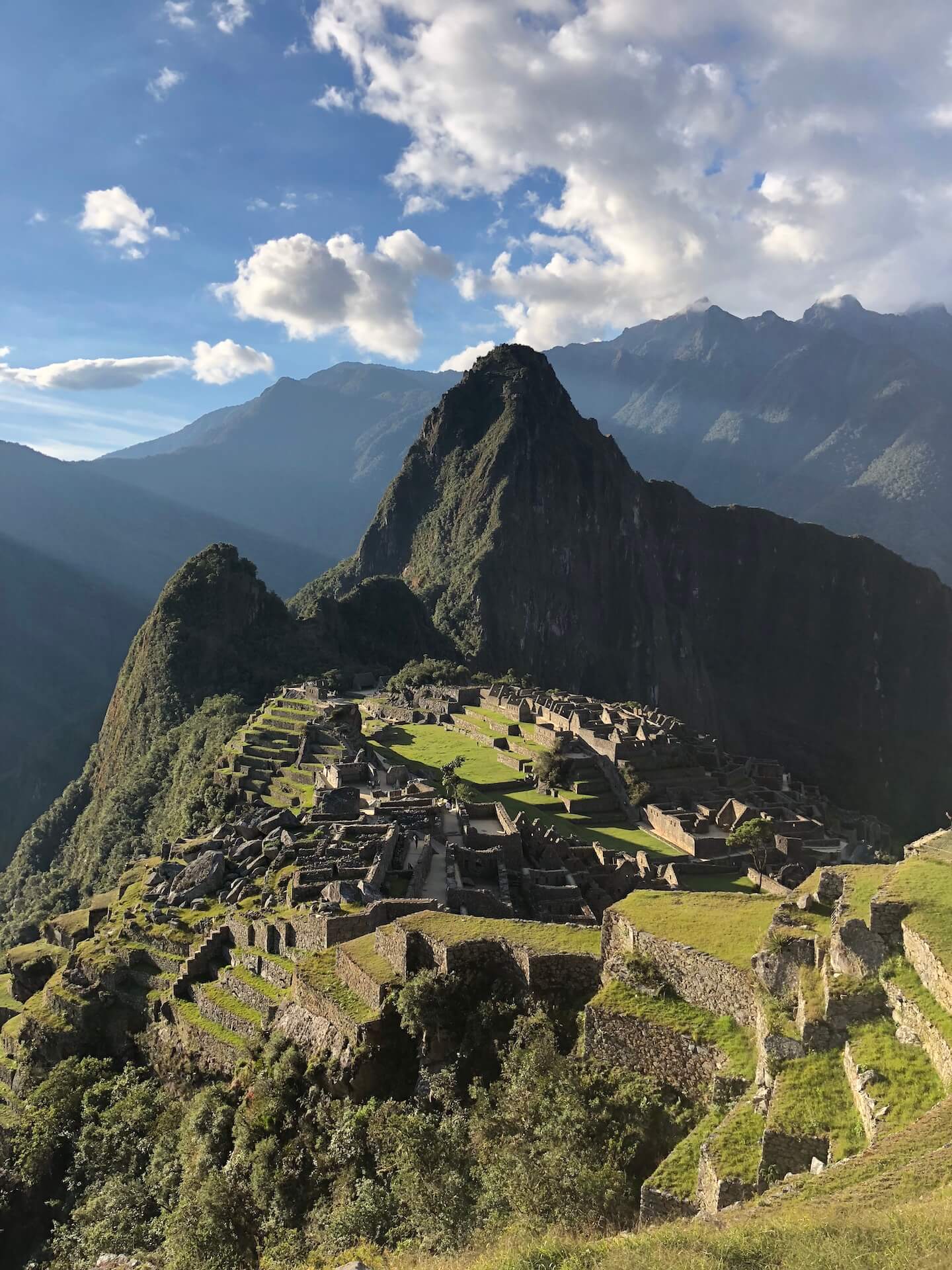
How can a guidebook help you navigate travel in a post-COVID world, and how is Moon addressing that?
Grace Fujimoto:
To be honest, guidebooks have some limitations when it comes to rapidly evolving situations like COVID-19. With updates every 2-3 years, guidebooks are never going to be as current as online resources that can be changed as new restrictions and guidelines are established.
However, guidebooks continue to be good at what they’re always good at: describing why a destination is special and how to experience that specialness.
That doesn’t mean that Moon isn’t evolving to address COVID and the way travel has changed and may continue to change because of it.
We’re currently including resources for where to find up-to-date COVID information in every book. We’ve always had strong coverage of outdoor recreation like hiking, biking, and camping, and we’re adding even more outdoor options, like good picnic spots.
I was just editing the new edition of Moon Normandy & Brittany and saw that that the author dutifully added a mention of outdoor seating whenever a restaurant offered it. I love the expansion of outdoor dining as a whole, and it may be one of the only positive outcomes of the pandemic.
Join our global Wanderful community!
Leah Gordon:
Post-COVID, I think one of my biggest concerns as a traveler will be avoiding crowds.
Something Moon’s national park books have done for a long time is point you to lesser-visited parts of the parks, but they also give you ideas on how to see the top spots at less-crowded times of day or year.
What better way to find some space while traveling than to visit the great outdoors?
You can spend your days hiking, paddling, or wildlife-watching far from other people, then set up a tent at night, knowing you’re breathing in the freshest of air.
The thing I’m doing right now to sate my wanderlust is to travel closer to home, something Moon is encouraging, too. We’ve launched a new series, called 52 Things to Do. Each book focuses on a city (like Nashville, Boston, or Chicago) and offers a deep dive into 52 different experiences you can have in and around that city.
It can be all too easy to take our home locales for granted, especially after sheltering in place for more than a year—but the 52 Things books are a wonderful tool for getting that travel feeling without having to get on a plane.
As a bonus, these books are also perfect travel inspo—I, for one, cannot wait to get to Nashville and check out neighborhoods like The Nations and Jefferson Street, then stuff myself silly at a meat-and-three!
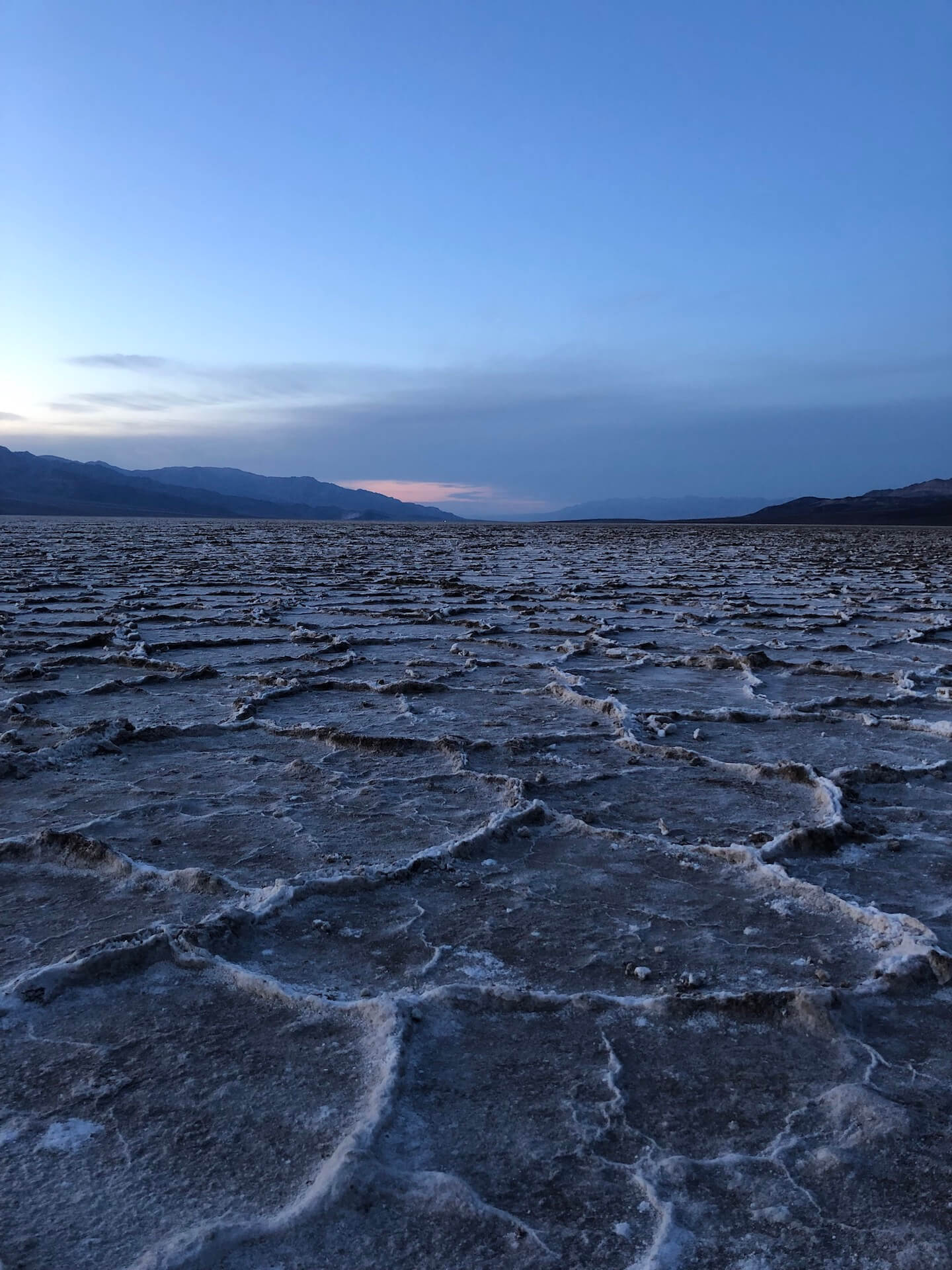
What sets Moon Travel Guides apart from other guidebooks?
Leah Gordon:
The thing about Moon is that our authors go above and beyond to make their books invaluable to readers. They’re local experts, and they bestow each chapter—each section—with their knowledge and advice, based on years of experience.
They’re often able to give the kinds of tips you only know after living in a place. Think about when you recommend a local spot to a friend who’s coming to your town—that’s what our authors do, but for an entire city, a whole state, even a country.
Grace Fujimoto:
I think Moon is the best guidebook for people who really love to travel and learn something in the process. I’ve used all the other major brands—Lonely Planet, Fodor’s, Frommer’s, and DK—and each is good for different styles of travel.
Moon books are written by people with a deep connection to the destination, usually a local, and who want to share their love of the place with travelers.
We ask all would-be authors, “Why do you love the place you want to write about?” And if they have trouble answering that question, it’s a very bad sign.
This may be why our books tend to be longer than others–there’s just so much we want you to know!
Check out our Creator Membership
What are your recommended spots for solo travel?
Grace Fujimoto:
I travel by myself a lot, and my most recent solo trips have been to national parks.
When it’s not breaking heat records, Death Valley is a wonderful place to experience solo. The desert rhythms, especially the wind reshaping the sand dunes and the vast expanse of the salt flats, are so contemplative and peaceful, and having the psychic space of being alone helped me really appreciate that aspect.
Japan is also a perennial favorite, although this is probably influenced by the fact that I am Japanese. But it’s such a great place to be when you don’t have obligations to anyone else since you can find yourself losing the hours wandering through a neighborhood or marveling at all the beautiful and mouth-watering goods in the basement of a department store.
Plus, the infrastructure is excellent, especially the transportation, and eating alone is not unusual—even somewhat expected at establishments like noodle stands.
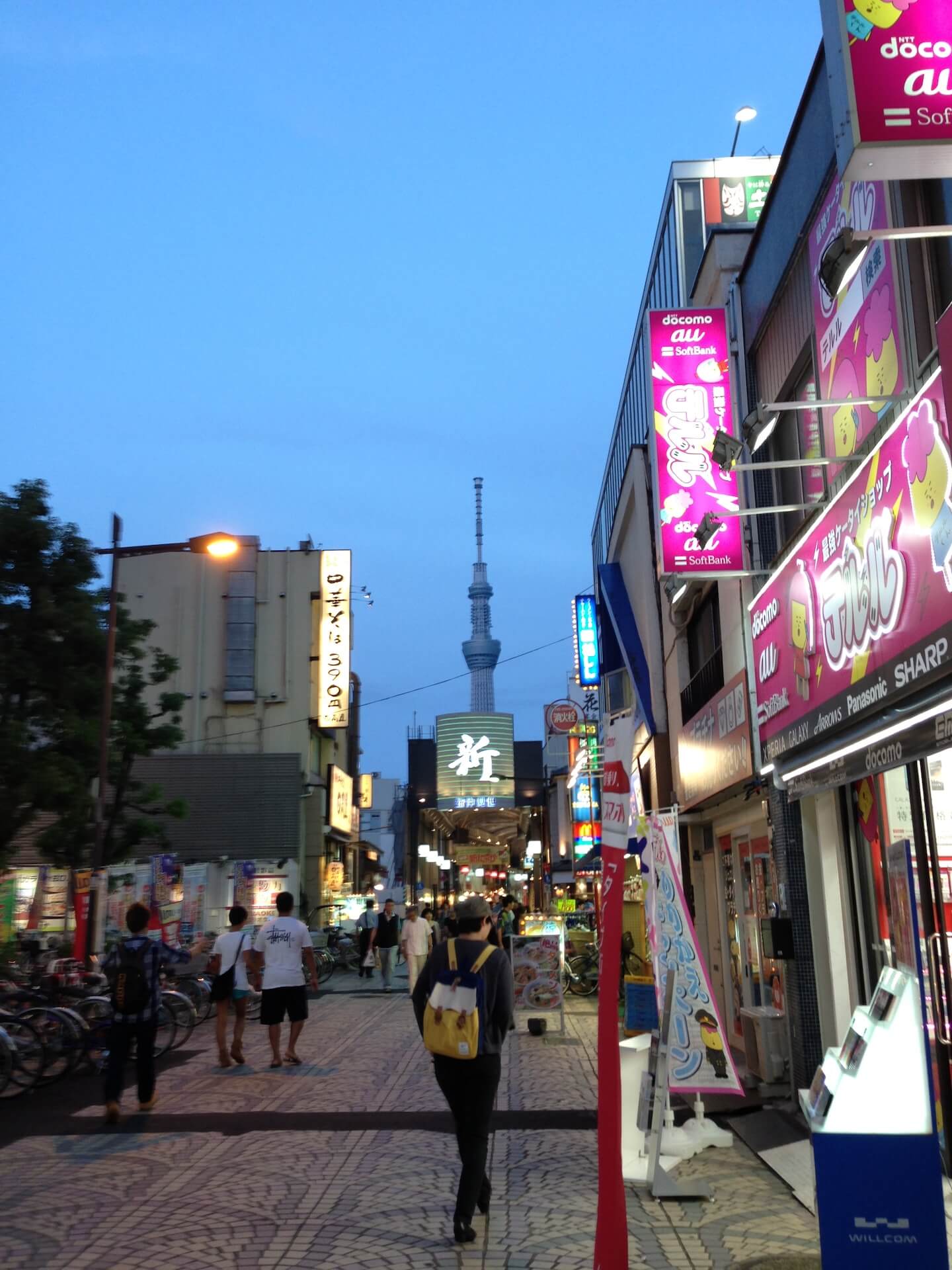
Leah Gordon:
Cities are great destinations for solo travelers—you can be completely indulgent and set your own pace. If you feel like reading at a café in a funky neighborhood, spending hours in an art museum, or trying out a new restaurant every meal, you can do all that.
You can live like a local for a week or see all the tourist sights—or something in between. Traveling solo in a city means you’ve got so many potential experiences at your fingertips, so you really can craft a trip that’s perfectly in tune with what you need.
But if I’m getting specific, well—Tacoma! I visited for the first time this summer and fell totally in love. Maybe it’s because it plays second fiddle to Seattle, and so reminds me of the relationship between San Francisco and Oakland, where I live, but it completely charmed me.
Tacoma is pretty perfect for the solo traveler: There are bigger attractions like the Museum of Glass, where you can watch glass-blowing demonstrations and learn about Dale Chihuly’s groundbreaking work.
There are cute little restaurants and cafés (shoutout to the Toasted Marshmallow Cream Cold Brew at Campfire Coffee!) and gorgeous coastal parks, like Dash Point State Park and Point Defiance Park.
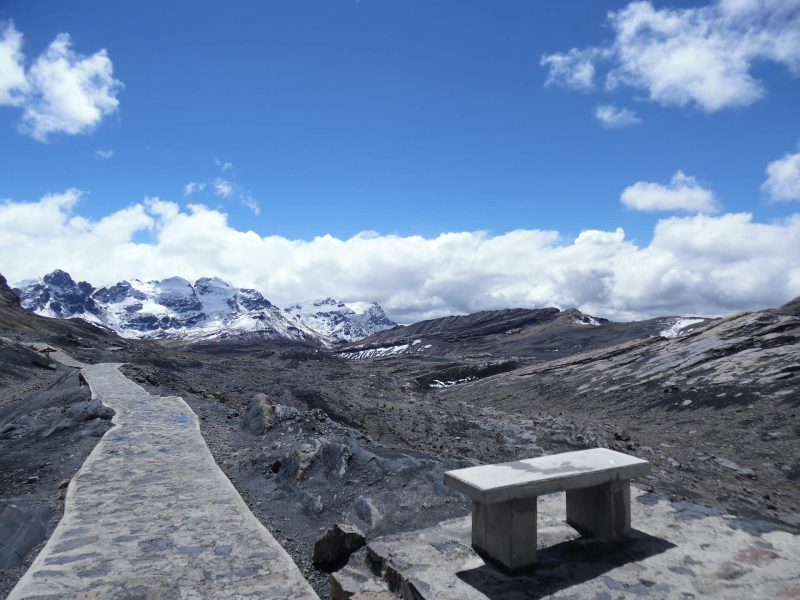
Which of the destinations we cover has inspired you most–either in person or by inspiring your wanderlust?
Leah Gordon:
It’s been several years since I worked on our book to Vietnam, but it left an impression on me just for the coverage of the food scene alone! I also wouldn’t mind getting to spend some time on one of Vietnam’s gorgeous beaches or hiking up into the northern mountains, which look so lush in photos.
One of the most inspiring spots I’ve been is the Canadian Rockies, which we cover in multiple guides. The views there are truly breathtaking. I remember hiking the Big Beehive Trail in Banff National Park, just slogging my way up these intense switchbacks.
It was grueling, but I immediately forgot all the discomfort at the top: There’s this incredible bird’s-eye view of Lake Louise far below, looking like a gorgeous piece of turquoise embedded into the earth. Totally worth it.
Grace Fujimoto:
I have the attention span of a fruit fly when it comes to travel inspiration–pretty much whatever I’m working on at the moment is my next travel destination.
The most recent trip that went from editing to airplane is the Amalfi Coast. It’s one of the most beautiful places in the world, and the wanderlust came on strong when I was working on that book back in 2018. I just had to see the vertical city of Positano, hike the Pathway of the Gods, and taste Neapolitan pizza at the source. I headed there even before the entire book was done.
Looking back at my photos, I took so many nearly identical photos of Positano, Amalfi, and Ravello because each view seemed more breathtaking than the last.
Do you like to use a guidebook when you travel? Let us know in the comments!
